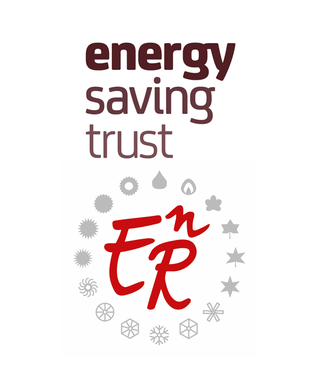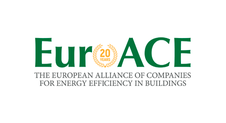Search eceee proceedings
Why do energy efficiency receive less government support than other energy policies?
Panel: 3. Policy and governance
Authors:
Benoit Lebot, International Partnership for Energy Efficiency Cooperation (IPEEC), France
Jurei Yada, IPEEC
Hao Wu, IPEEC
Abstract
Over the past decade, energy efficiency has received growing recognition as a central pillar for achieving sustainable and low-carbon growth across economies. However, despite its emergence on international agendas such as the United Nations Sustainable Development Goals adopted in 2015, energy efficiency remains by and large under-resourced compared to other areas of energy policy, in particular when taking into account its significant potential to help deliver climate goals and achieve economic growth. An example of this can be seen in the Kyoto Protocol, under which energy efficiency was the least supported option for climate change mitigation. End-use energy efficiency projects account for less than 1% of the Clean Development Mechanism Certified Emission Reductions(i).This was in contrast to the findings of numerous studies at the time, which demonstrated that energy efficiency could significantly reduce GHG emissions in cost-effective ways. More recently, the 2018 IPCC report has shown that the most reasonable scenario for the international community that meets the Paris agreement is the Low Energy Demand (LED) scenario (known as P1).
Energy efficiency is central to reach this scenario as it lowers energy demand, which can then be met more readily by renewable sources. What can then be done to ensure that energy efficiency fulfils its vast potential and contributes to countries’ energy transitions? To become a fuel and the first fuel, energy efficiency needs the following: sound human and institutional capacities, a coherent policy framework that triggers investments in energy efficiency solutions and measures, a long time horizon. All economies are concerned as the potentials for energy efficiency is large in every sector and energy efficiency is by essence a dynamic process.
To deliver, energy efficiency needs to be adequately resourced over the long time horizon. A dedicated financial flow for technical assistance is instrumental to the deployment of energy efficiency in order to build transformative policy frameworks.Strengthened international action on energy efficiency can make a real difference for economies and climate change, individuals and businesses. To become reality, energy efficiency requires a set of ingredients: political willingness, special human, technical and institutional capacities, massive data gathering and analysis, and dedicated tools and instruments such as metrics, ratings, and monitoring. International cooperation can provide the crucial first step for all of this by creating the right environment for exchange and collaboration, and by giving the political signal that energy efficiency is important and must be taken further - as was the case with the Paris Agreement and the G20 energy efficiency plans.
Energy efficiency is by essence domestic and local, if not very local. Energy efficiency solutions are the results of very granular decisions and investments. Here, international cooperation can contribute by accelerating the exchange of information, technical opportunities for regional harmonization, and mobilization of key partners by national governments - typically financial institutions. International collaboration can therefore greatly accelerate the adoption and implementation of domestic energy efficiency policies.
i. CDM Pipeline. United National Environment Programme : http://www.cdmpipeline.org/cdm-projects-type.htm. Table for January 2019
Downloads
Download this presentation as pdf: 3-119-19_Lebot_Presentation.pdf
Panels of
1. The dynamics of limiting (energy) consumption
2. What's next in energy policy?
4. Monitoring and evaluation for greater impact
5. Smart and sustainable communities
7. Make buildings policies great again
8. Buildings: technologies and systems beyond energy efficiency
9. Improving energy efficiency in ICT, appliances and products

























